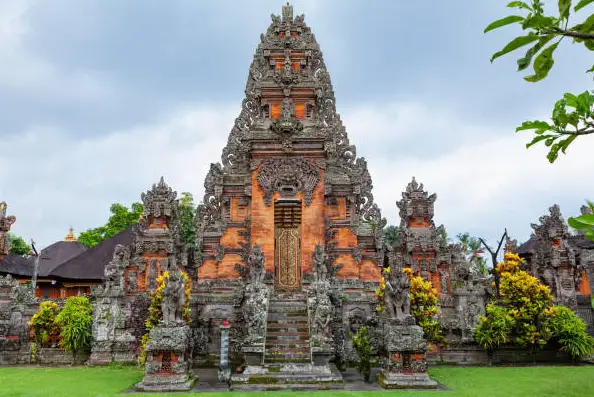What is the history behind Lalibela's churches?
Post ByAdequate Travel
Summary
Lalibela is a city located in Ethiopia renowned for its 11 remarkable rock-hewn churches, believed to be built in the 12th century by King Lalibela. But, what is the extraordinary story behind the Churches of Lalibela? In this blog, we will explore the fascinating history behind the Lalibela Churches. Travellers can find valuable travel information for tourists, such as local customs, must-see attractions, and dining recommendations, to make the most of their trip.History of Lalibela's Churches
1. Background:
Lalibela is a small town located in the mountainous region of northern Ethiopia. It was the capital of the Zagwe dynasty in the 12th and 13th centuries. The legendary King Lalibela is credited with the construction of the famous rock-hewn churches in the town.
2. Reign of King Lalibela:
King Lalibela ruled Ethiopia from the late 12th century to the early 13th century. According to Ethiopian tradition, he was instructed by angels and received divine inspiration to create a New Jerusalem, as political unrest prevented Ethiopian Christians from making pilgrimages to the Holy Land.
3. Construction of the Churches:
Under the guidance of King Lalibela, an estimated 11 monolithic churches were carved out of solid volcanic rock, symbolizing various religious structures in Jerusalem. These churches were created by chiseling and excavating the existing rock, not by building with separate stones. The craftsmanship and precision used in the construction are remarkable.
4. Architectural Styles:
The churches in Lalibela showcase a unique architectural style known as Ethiopian rock-hewn architecture. They are classified into two groups - the northern and southern clusters. The northern cluster includes churches like Biete Medhane Alem (the largest monolithic church in the world) and Biete Giyorgis (the best-known and most visually impressive church).
5. Religious Significance:
Lalibela's churches are important religious sites for Ethiopian Orthodox Christians. The town itself is a place of pilgrimage and attracts many worshippers during religious festivals. The churches are considered holy and are still actively used for religious ceremonies, prayers, and liturgies.
6. UNESCO World Heritage Site:
In recognition of their cultural and religious significance, the rock-hewn churches of Lalibela were designated as a UNESCO World Heritage Site in 1978. They are hailed as one of Ethiopia's greatest architectural wonders and attract tourists from around the world.
7. Preservation and Restoration:
Over the years, efforts have been made to preserve and restore the churches of Lalibela. Some parts have suffered from erosion, weathering, and human activities. Various restoration projects, both by local and international organizations, have taken place to ensure the longevity of these ancient religious structures.
It's essential to stay updated with international travel information, especially when planning a foreign trip, to navigate any changes in travel advisory or travel warnings.Suggested Questions
- Tikur Anbessa Hospital, Addis Ababa: Horror Story, History & Paranomial Activities
- Abaya-Chamo Lakes National Park, Arba Minch: Horror Story, History & Paranomial Activities
- The Office of the Prime Minister, Addis Ababa: Horror Story, History & Paranomial Activities
- Abiyata-Shalla National Park, Oromia Region: Horror Story, History & Paranomial Activities
- Derg Monument, Addis Ababa: Horror Story, History & Paranomial Activities
- Dilla University, Dilla: Horror Story, History & Paranomial Activities







